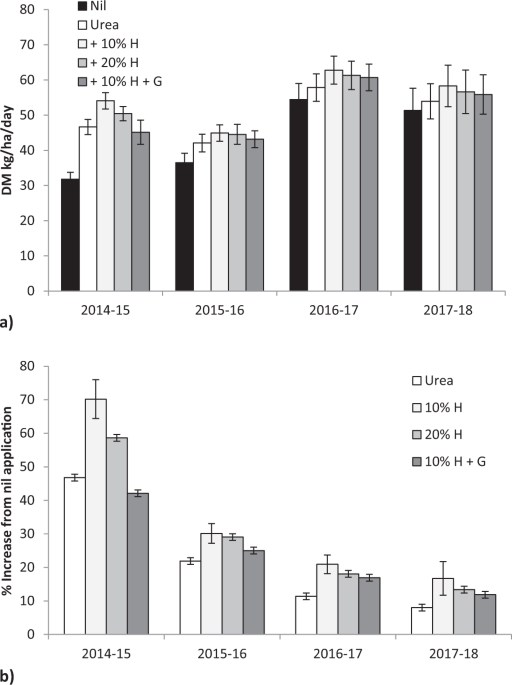We are under 30 inches, and I agree, good organic production needs good soils, same as conventional.Just an over the hedge view.
First 2 years there appears to be a big drop in production. One chap told me he needed 2x the acreage for same production in that period
Seems to take about 4 years to get going
Organic production seems to be far better in high rainfall areas. & hard going in under 30" / year rainfall
Quite happy to be proved wrong
I'm not interested in pursuing organic per se, just fascinated how some people claim to beat conventional production without all the inputs...
I'll share a link to the YouTube that got me thinking about all this.














